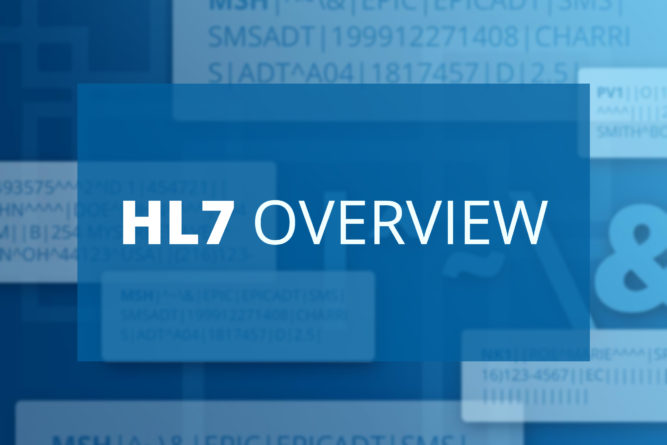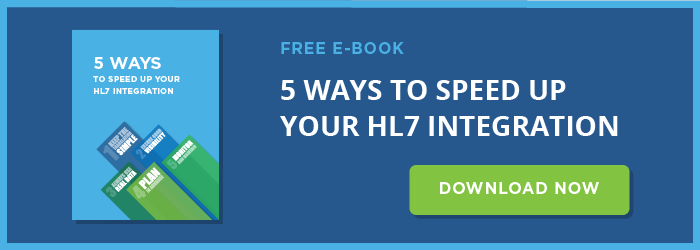
HL7 is not always one of the sexiest subjects, but as interoperability and connectivity continue to be huge drivers in the health care space, the questions of HL7 are going to continue to be asked.
What is HL7?
HL7 (Health Level Seven) is a standard for exchanging health information between medical applications. This standard defines a format for the transmission of health-related information.
Information sent using the HL7 standard is sent as a collection of one or more messages. Each message transmits one record or item of health-related information.
Examples of HL7 messages include patient records, laboratory records and billing information. More information about HL7 message components is available here.
Here’s a short, animated video that explains in plain language what HL7 is and exactly what it does. Using the example of a patient visiting a hospital, this video will cover the following topics:
- The definition of HL7
- The role of HL7 in connecting hospital information systems
- The importance of integration engines in facilitating seamless health data exchange
Watch now: What is HL7?
Why is HL7 important for healthcare organizations?
Think about it. These days everyone – and their mother – are talking about EMRs and EHRs.
Well, as great at these systems may be, when it comes down to it, they’d be useless without a standard for communicating with existing health care applications and facilities. That’s where HL7 comes in.
HL7 is not just a component of these advances in health care interoperability, but arguably one of the most important factors.
To use a web analogy, EMRs, HIS’, RIS’ and all the other systems are the equivalent to websites. They are incredibly powerful and many people are working hard to create the most useful tools.
However, just like the internet, these tools would be useless if no one was able to connect to and actually view these sites.
HL7 is what happens behinds the scenes allowing health care systems to connect and share information.
Where can I find more information about sharing data with HL7?
For an in-depth review of the HL7 standard, visit our comprehensive Resource Centre where you will find information on the following topics:
- What are the main HL7 components;
- What versions of the HL7 standard are in use or are under development;
- The most common transport methods.
Although HL7 and their messages are widely used, many systems don’t know how to speak the language and require a translator.
HL7 interface engines such as Iguana are especially important as they work alongside existing applications as an interpreter, speaking the language of HL7.
To begin your HL7 integration project or to learn more about integration engines from an expert, contact us today.

